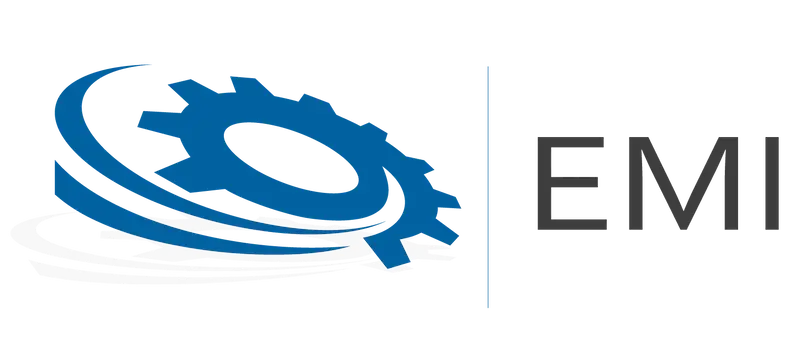Technology
Aveva
Industry
Oil and Gas
Client
ADNOC
Country
UAE
Goals
Remotely gather and analyze requirements for 5 ADNOC clusters. Design FDIS system architecture and configuration approach. Configure 522+ PI tags remotely on existing FDIS. Deploy 20 ProcessBook graphics using approved templates.
Challenges
Performing configuration and deployment with minimal onsite presence. Integrating smoothly with existing OPC interfaces and cluster systems. Maintaining clear communication and coordination remotely. Delivering high-quality graphics aligned with ADNOC standards.
Solutions
Conducted structured remote requirements gathering sessions. Developed detailed system design tailored to cluster needs. Configured tags and deployed graphics remotely using templates. Performed remote SAT and promptly addressed punch list items.
Results
Successful remote configuration of ICSS/SCADA modifications for 5 clusters. Efficient deployment of 20 operational ProcessBook graphics. Smooth SAT and punch list closure minimizing delays. Comprehensive documentation for future maintenance and upgrades.
 |
ADNOC ICSS/SCADA Modification – FDIS ScopeIn 2024, EMI was awarded a contract to provide remote and offsite services for the ICSS/SCADA modification project under the FDIS scope at ADNOC Onshore Headquarters, focusing on RTUs at Clusters #43 and #47. Partnering with Schneider Electric, the project encompassed system design, PI tag configuration, graphics deployment, and thorough testing to improve monitoring and control capabilities across five ADNOC clusters. EMI’s approach emphasized remote execution, minimizing onsite presence while maintaining high standards of quality and coordination. |
The project involved gathering detailed system requirements remotely, designing a robust FDIS architecture, and configuring over 500 PI tags within the existing system. EMI deployed 20 ProcessBook graphics based on approved templates to enhance operational visibility. Despite the remote nature, comprehensive Site Acceptance Testing (SAT) was conducted with client collaboration to ensure system readiness, followed by prompt resolution of punch list items. Detailed documentation including Functional Design Specification, SAT procedures, and method statements were delivered to support project handover and future maintenance.
Challenges included executing complex configuration and deployment activities remotely, ensuring seamless integration with existing OPC interfaces and cluster controls, and maintaining effective communication among EMI, ADNOC, and Schneider teams. EMI successfully overcame these by structured remote workshops, standardized templates, and rigorous testing protocols, resulting in a smooth and efficient project completion.


